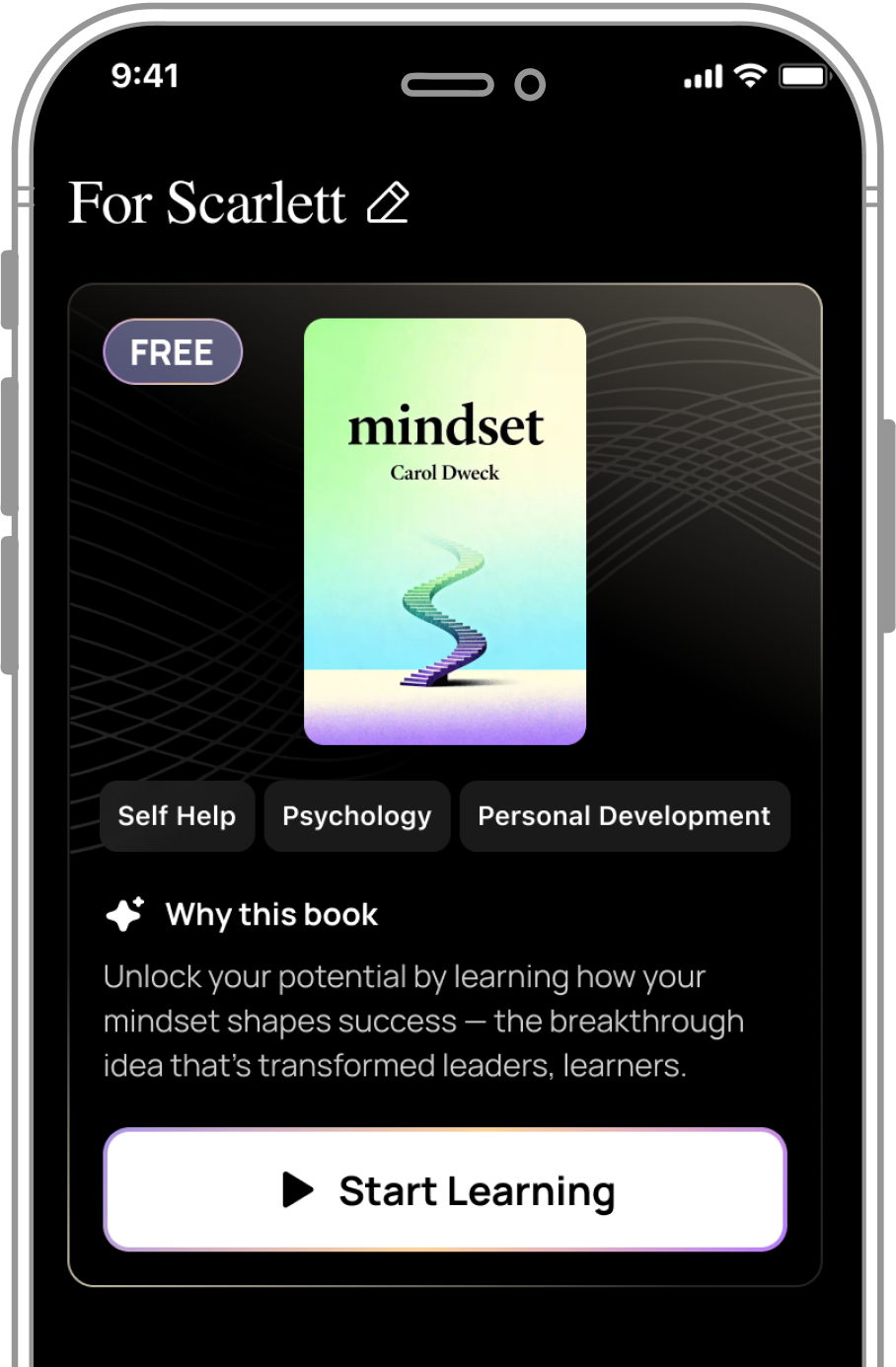What is Effective Java by Joshua Bloch about?
Effective Java by Joshua Bloch is a comprehensive guide to Java best practices that teaches developers how to write robust, maintainable, and efficient code. Rather than explaining basic syntax, the book provides specific advice on when and how to use Java features properly through 90 standalone items organized into chapters covering object creation, generics, lambdas, concurrency, and serialization. It illuminates what to do, what not to do, and why.
Who should read Effective Java by Joshua Bloch?
Effective Java is designed for intermediate to advanced Java developers who already understand basic syntax but want to become proficient professionals. The book assumes prior Java knowledge and experience, making it unsuitable for beginners—you won't find "HelloWorld" examples here. It's ideal for developers working as senior engineers or architects who want to master writing clear, simple, and maintainable Java applications.
Is Effective Java worth reading in 2025?
Effective Java remains highly valuable in 2025 as a timeless reference for Java developers. The book's lasting impact comes from practical advice that withstands the test of time, such as preferring enums over strings and understanding serialization patterns. Many code reviews at tech companies and banks reference chapters from Effective Java directly. The 3rd edition covers Java 7, 8, and 9 features, making it relevant for modern development.
Who is Joshua Bloch and why did he write Effective Java?
Joshua Bloch is a distinguished software engineer who wrote several key classes in Java's java.lang and java.util packages, giving him unique authority to write about Java best practices. His involvement in developing recent Java language versions and specifications provides firsthand insights into the platform's subtleties. Bloch's pleasant writing style includes stories from his own experience designing Java library classes, making the technical content accessible and engaging.
What are the main topics covered in Effective Java?
Effective Java covers eleven essential chapters: creating and destroying objects, methods common to all objects, classes and interfaces, generics, enums and annotations, lambdas and streams, methods, general programming, exceptions, concurrency, and serialization. Each chapter provides detailed insights into proper Java usage with specific advice on avoiding common pitfalls. The chapters about interface design, generics, and lambdas are considered must-reads for every Java developer.
How is Effective Java structured and organized?
Effective Java consists of 90 items presented as short, standalone essays that each address a specific programming challenge. This modular structure allows readers to either read cover-to-cover or jump to specific topics when seeking advice. Each item provides detailed explanations of Java features, code examples, and guidance on when to prefer alternative solutions. The standalone nature makes it an excellent reference book for daily development work.
What are static factory methods in Effective Java?
Static factory methods in Effective Java refer to the practice of using static methods for object creation instead of constructors. Joshua Bloch recommends this approach because static factory methods offer better naming clarity, improved performance, and greater flexibility than traditional constructors. For example, they can return cached instances or different subtypes based on parameters. This pattern appears early in the book as a fundamental best practice for object creation.
Why does Joshua Bloch emphasize immutability in Effective Java?
Effective Java emphasizes immutability because immutable objects are inherently thread-safe, eliminating synchronization needs and simplifying concurrent programming. Joshua Bloch explains that immutability leads to simpler, more maintainable code with reduced likelihood of bugs. Immutable objects can be shared freely, allowing efficient memory usage and reduced object creation overhead. Designing immutable classes is presented as a core principle for writing robust Java applications.
What is the difference between Effective Java 2nd and 3rd edition?
The 3rd edition of Effective Java updates the original 78 items to 90 items and covers features introduced in Java 7, 8, and 9. Joshua Bloch thoroughly revised chapters on generics, lambdas, and streams to reflect modern Java paradigms. The 2nd edition focused on Java SE 5 and 6, including generics, enums, and annotations. Both editions maintain the item-based structure, but the 3rd edition is essential for developers using current Java versions.
Is Effective Java by Joshua Bloch still relevant in 2025?
Effective Java remains remarkably relevant in 2025 because its core principles about writing maintainable, efficient code transcend specific Java versions. While newer Java features have emerged since the 3rd edition's coverage through Java 9, the book's guidance on object design, generics, concurrency, and API design remains foundational. Many developers keep both physical and digital copies as go-to references for production issues and architectural decisions.
What are the key rules from Effective Java developers should follow?
Key rules from Effective Java include always overriding hashCode when overriding equals, preferring composition over inheritance, and enforcing singleton properties with private constructors. Joshua Bloch advises avoiding duplicate objects for immutable types to improve memory management. The book stresses writing clear, simple code that prioritizes understandability and maintainability over cleverness. Static factory methods should be considered for object creation, and noninstantiability should be enforced for utility classes.
How does Effective Java help with API design and interface development?
Effective Java provides comprehensive guidance on designing robust APIs and interfaces that stand the test of time. Joshua Bloch's chapters on classes and interfaces offer practical insights from his experience designing Java's core libraries. The book teaches developers how to create flexible, maintainable interfaces using composition over inheritance and proper abstraction levels. These lessons help architects design APIs that are intuitive, extensible, and resistant to common misuse patterns.








